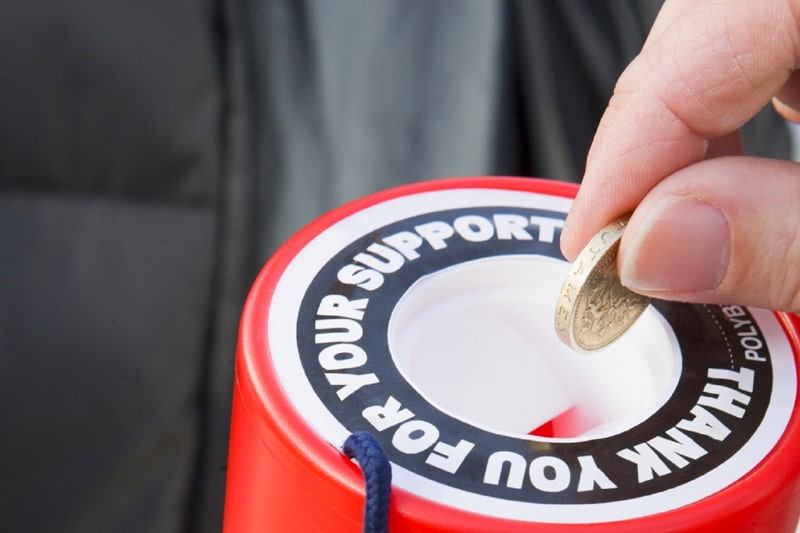
Research into public perceptions of charities has found there has been virtually no change in trends of gift giving and attitudes towards charity since 1991, despite economic growth and policy change in the sector.
Professor John Mohan of the University of Birmingham and Dr Beth Breeze of the University of Kent, found that in comparing public responses to the original British Social Attitudes Survey to the same questions in 2015, negative perceptions of charity barely shifted at all.
The findings published this month by Palgrave MacMillan in ‘The Logic of Charity: Great Expectations in Hard Times’, found that despite economic growth, a greater supportive public policy climate, and increased efforts to raise funds, as well as more efforts to demonstrate and publicise the impact of charitable activities, there is still evidence of public concerns about the efficiency of charities, and about duplication of charitable activities.
Charities have a responsibility to explain what they are doing with the funds they receive, but it does not help them if the climate in which they work is one characterised by sniping and denigration rather than a positive acknowledgement of what they do.
Professor John Mohan, Director of the Third Sector Research Centre
The data also displayed signs that the public do not wish excessive demands to be placed on charities. In 1991, 28% of the population agreed or strongly agreed that “people should look after themselves and not rely on charities”; the figure was 52% in 2015.
There were also changes in the public perception of charitable priorities.
In 1991, 56% agreed that “we should support charities which benefited people in Britain rather than people overseas” and the figure had barely changed by 2015, only reaching 58%.
When asked about attitudes to responsibility for meeting needs, and whether government or charity should foot the bill, a more complex picture emerged.
In 1991 29% of respondents considered that “food aid to poor countries” should be entirely or mainly the responsibility of government, and a similar number (30%) believed this responsibility should be entirely or mainly a function of charity.
But in 2015, 19% of respondents thought that this was a government matter, whilst 58% believe that such assistance should come entirely or mainly from charity.
Dr Beth Breeze explained, “Charities have been subject to vigorous criticism in 2015. Some of this is viewed (perhaps unfairly) as being of their own making – notably in relation to fundraising tactics – but other criticisms are more ideologically motivated, including comments on high salaries, ‘excessive’ reliance on public funding, and the employment of former Labour party advisers in senior charity roles. But it is important to understand what the general public think, and indeed how have their attitudes changed over time?”
There is still strong support for government responsibility in relation to two core areas of welfare provision: health care (represented in the survey by a question about “paying for kidney machines”) and housing for homeless people – but there has also been a shift in favour of viewing these expenditures as a shared responsibility between government and voluntary initiative.
Professor John Mohan added, “The expectation, therefore, is that as the state withdraws, the public expects charitable organisations to take on more responsibilities. But do the public feel that charities are up to the job? Our data points to some difficulties in this regard, as it appears that some negative perceptions of charity have barely shifted at all.”
In 1991, 77% of respondents agreed or strongly agreed that “there are so many charities that it is difficult to decide which to give to” and that figure has actually increased slightly to 81% by 2015.
Likewise the proportion who agreed that “most charities are wasteful in their use of funds” had gone up from 36% to 39%, despite ever-increasing efforts on the part of charities to measure their impacts and communicate them more effectively. These figures suggest that the message is not getting through.
Professor John Mohan adds: “Charities do command a great deal of popular support, evidenced by steady levels of donations and the public’s willingness to respond to urgent charitable appeals. But the stability of these negative perceptions suggests they have an ongoing challenge to communicate the value of what they do.
